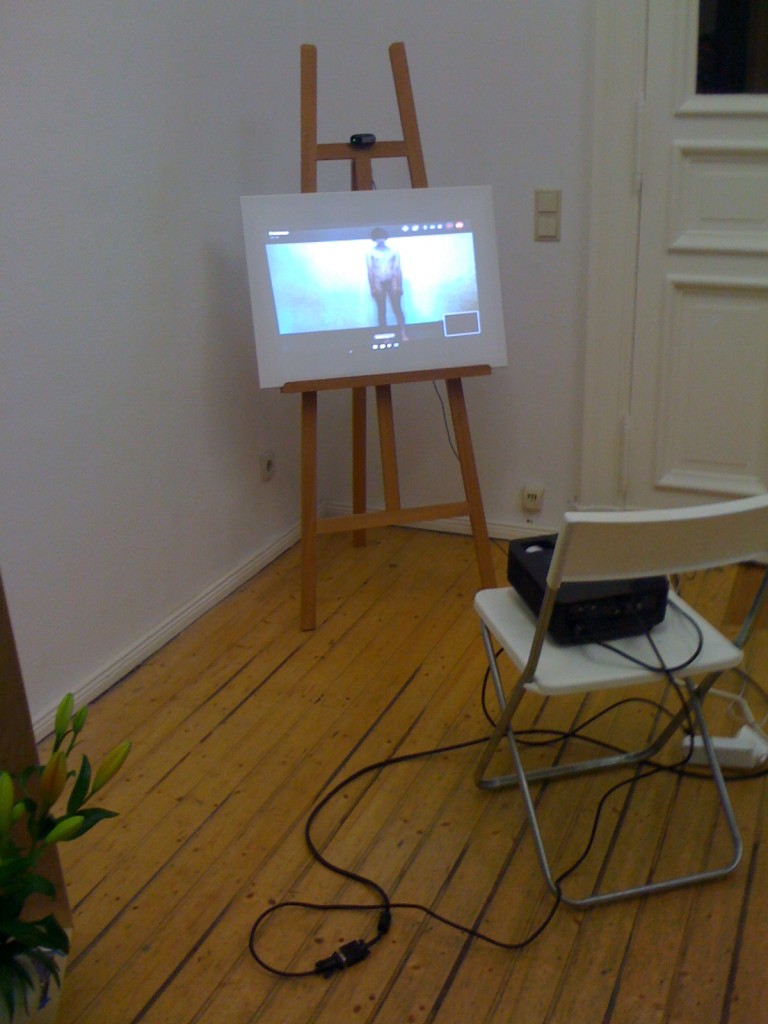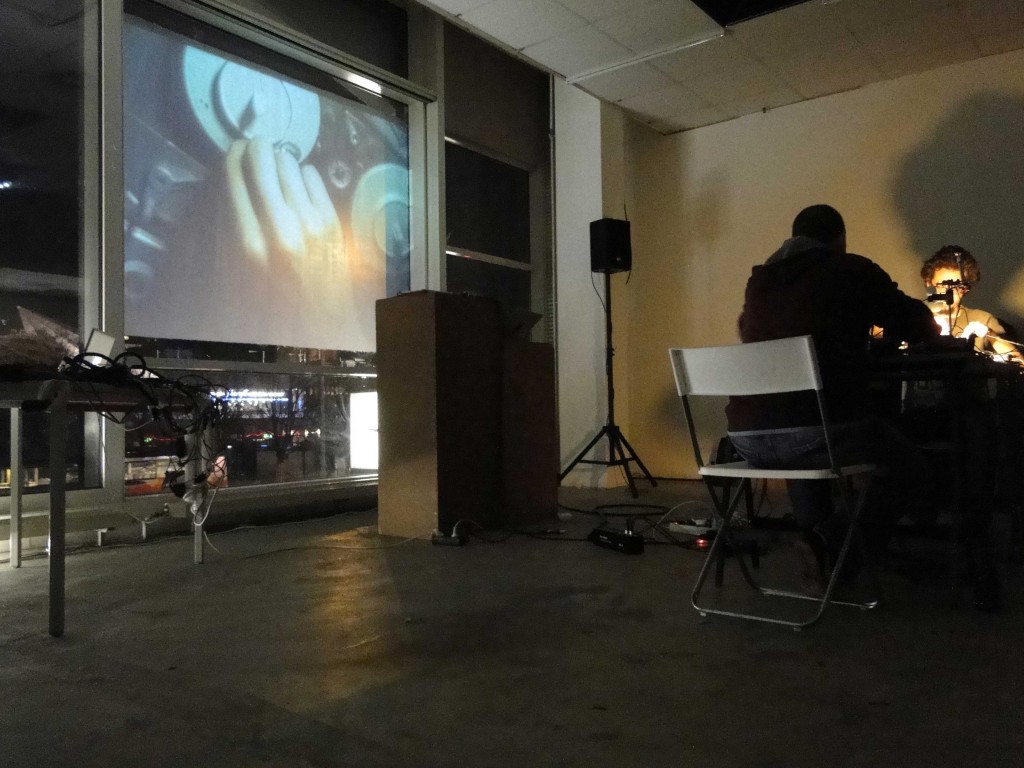I’m trying to describe the feeling I had when I first met Santiago Taccetti and saw his artwork. As he scrolled through his website showing me piece after piece I became excited about what he was doing in his art practice. Images of installations, paintings, video and prints all emphasized a similar consideration and viewpoint toward our relationship with technology and the pervasive aesthetic that has emerged. What’s incredible is that Taccetti translates this across artistic disciplines, which to me means you are onto something. His work floats on the white page of a website with the same ease that he builds a sculpture or paints. This delicate sensitivity towards contemporary aesthetics is something we are all becoming more attuned to through the web. To make a comparison I have a historical anecdote. As a kid watching way too much television I became a super critic of TV and movies. The editing, lighting, sound and costumes all spoke to me. I understood this medium naturally and could differentiate between incredibly subtle details and differences. The web is developing a similar critical and aesthetic awareness and Taccetti’s artwork translates this like a mother tongue. His work represents a certain perfection that is more than real–it is actually unreal. It is the aesthetic of the machine. And strangely after viewing his work I began to perceive the city differently. I started to see the digital aesthetic everywhere, permeating the real world.
Posts by Kristin Trethewey
Review: Santiago Taccetti
by Kristin Trethewey on February 18th, 2012
The Future is Now
by Kristin Trethewey on December 9th, 2011
A young, naked man stares at us, reacting in real-time via webcam; his image is projected onto a typical artist’s canvas and easel a few meters away. Every few minutes he speaks to us. Sometimes I hear what he says, “a woman walks across the room” or “the man with a blue jacket just moved towards the back”. Other times the Internet connection is too weak and his words become fragmented. But the audience understands he is watching us. We continue standing in front of him immobilized, it is awkward and the tension is real.
Other Spaces Generates New Spaces Through Sound at LEAP
by Kristin Trethewey on December 3rd, 2011
Last Saturday LEAP, the Lab for Electronic Arts and Performance, launched a new bi-monthly series called Body Controlled, presenting
artists dedicated to performance art and exploring sound using electronics and other art forms. For its first installment titled, Other Spaces, the artists used the dynamic of preexisting architecture and virtual spaces as a point of departure for work on display through December 2, 2011. Highlights of Saturday’s inaugural event included Robert Henke’s twelve-hour installation/performance, Microsphere. Well known within both academics and club culture Henke has been involved in negotiating the evolution of computer based music for decades and helped pioneer today’s standard software for live performance, Ableton Live. While I only stayed for the first two hours of his set visitors were welcome to pass by until mid-morning the next day, breakfast was apparently served in the final hours. During the time I was present I took notice of Henke’s peaceful performance demeanor, the invisible anxiety that permeates most was non-existent. His expert execution allowed sounds to develop within the space breaking down typical audience-performer barriers. Focus returned to the audience and the space as Henke took short smoking breaks and even ate some grapes while he played at what looked like a recording station from the future. Massive cabling protruded from the back of a desk that was under lit by a florescent red tube and a carefully rigged computer screen floated, suspended from the ceiling. Fluctuating between listening to the development of sound, Henke added various traditional and non-traditional instruments to the mix and their play back became part of a developing new sound and spatial atmosphere.




 RSS
RSS
